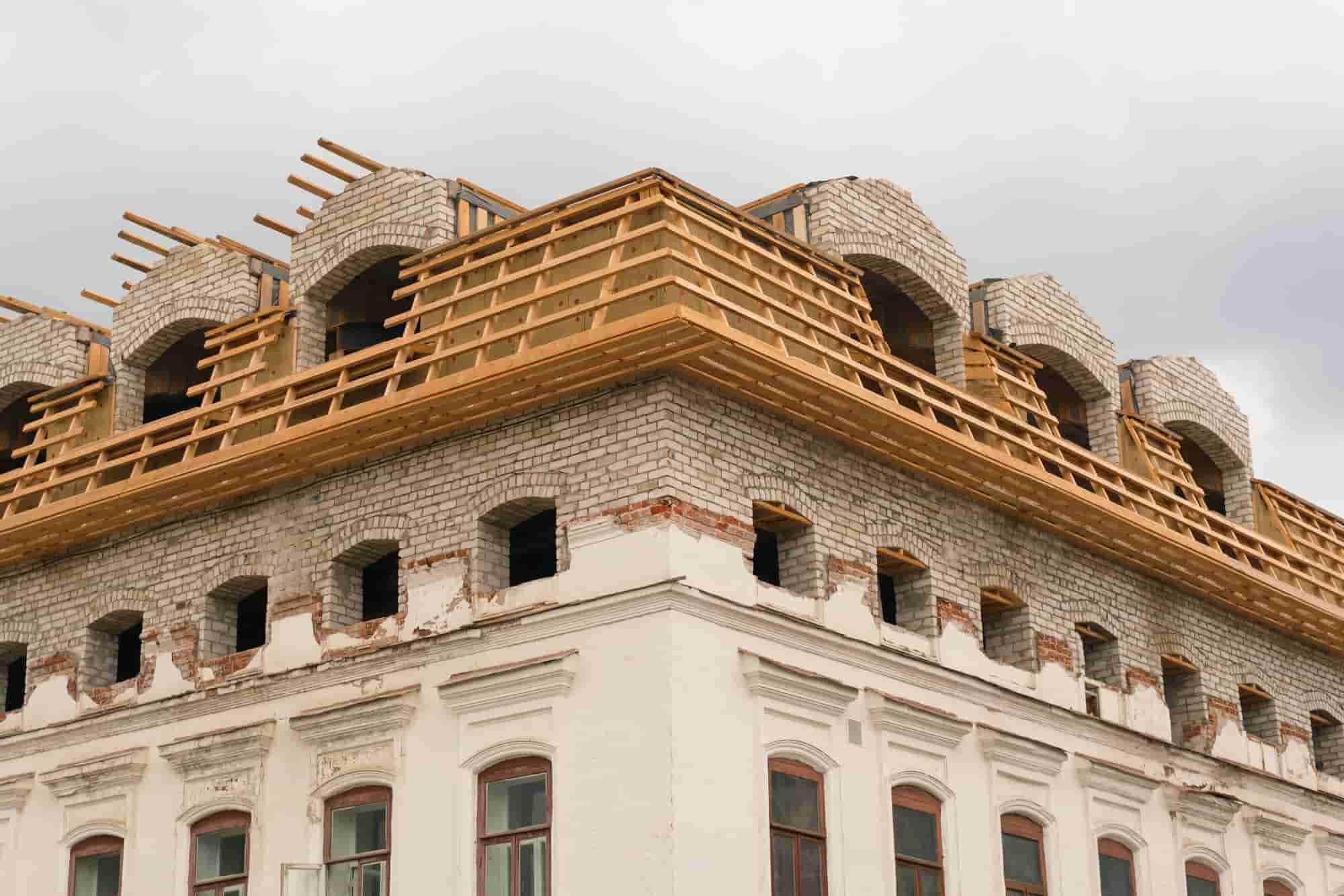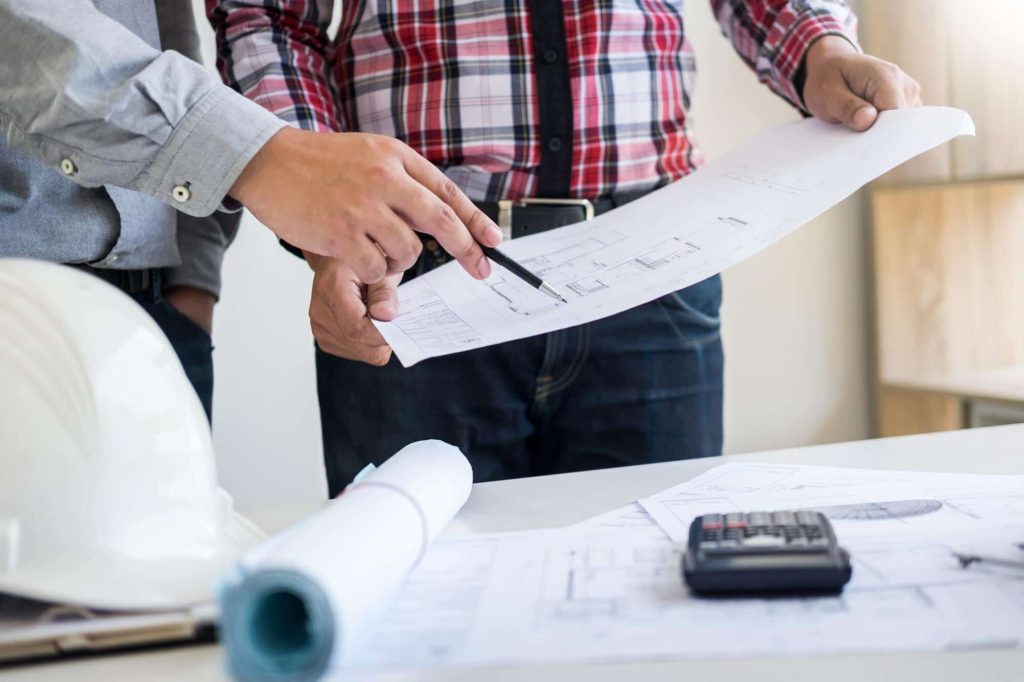Restoring Buildings After a Fire: Why As-Built Services Are a Must-Have

Rebuilding a structure following a fire is a complicated and demanding process. Whether the fire has caused significant structural damage or left behind less visible but equally damaging issues, rebuilding requires careful planning and precise execution. One of the most essential services during fire restoration is the As-Built service. This service provides accurate, up-to-date documentation of the building’s condition, serving as a critical tool for ensuring the success of the restoration process.
At ScanM2, we focus on laser 3D scanning and As-Built solutions, delivering precise and comprehensive documentation for buildings affected by fire damage. Our services enable architects, engineers, and contractors to work with precise data, ensuring the building’s restoration is done with minimal risks and maximum efficiency.
Why As-Built Documentation Is Crucial in Fire Restoration
When it comes to fire restoration, having accurate As-Built documentation is vital. As-Built documentation refers to detailed drawings, 3D models, and point clouds that reflect the true state of a building, including its structure and layout, after a fire. These documents are not only useful for design and construction purposes but also help identify potential hazards and weaknesses in the building’s structure.
Here’s why As-Built services are indispensable during fire restoration:

- Accurate Representation of the Existing Structure
After a fire, much of the building’s original structure may be compromised. With As-Built services, you get a precise representation of the building as it stands, highlighting areas of damage and structural integrity. This ensures that all work done to restore the building is based on current, accurate information. - Comprehensive and Detailed Data
Laser scanning provides highly detailed data, capturing every aspect of a building, including hard-to-reach areas. This allows architects and contractors to assess the building’s condition thoroughly and make informed decisions about what needs to be repaired or rebuilt.
- Design Accuracy
Restoration work requires accurate measurements and precise layouts. As-Built documentation offers accurate floor plans and elevation views, helping design professionals visualize how the restoration should proceed. This minimizes errors and allows for more efficient planning and execution. - Adherence to Building Regulations and Safety Requirements
Restoration after a fire must comply with strict building regulations and safety protocols. With As-Built documentation, you have a solid reference for ensuring compliance with these regulations. The data gathered through laser scanning can be used to verify whether the structure needs reinforcing or if certain elements need to be replaced to meet current safety standards. - Faster Restoration Process
The use of As-Built services speeds up the restoration process. With accurate and up-to-date data at hand, contractors and architects can make quick decisions, avoiding the delays that often come with having to revisit or redo work due to inaccurate measurements or assumptions.
The Role of Laser Scanning in Fire Restoration
Laser scanning technology is essential for ensuring the precision of As-Built documentation. This technology creates a digital 3D representation of the building by scanning its surfaces with a laser. The resulting point cloud captures every detail, from the shape and dimensions of walls and ceilings to the positioning of windows and doors.
The precision of laser scanning ensures that every element of the building is documented to the highest standard. This data is invaluable during fire restoration, as it allows restoration teams to view the building in a virtual environment before any physical work is done. This way, teams can plan their approach with full knowledge of the building’s existing conditions, leading to more efficient and effective restoration.
How As-Built Services Help in Rebuilding After Fire Damage
1. Identifying Structural Issues Early On

A primary step in the post-fire rebuilding process is evaluating the structural stability of the building. Fire can cause severe damage to load-bearing elements like beams, columns, floors, and the roof, and often, the damage is not immediately visible. This is where As-Built services, including laser scanning, come into play.
Laser scanning provides a detailed 3D map of the building’s current condition, capturing not just the visible aspects but also any internal damage that may not be easily noticeable. This allows engineers and contractors to identify areas that require reinforcement or replacement before starting the rebuilding process. This early detection of structural issues ensures that repairs are done efficiently and minimizes the risk of unforeseen problems arising during the restoration.
By identifying critical issues early, As-Built services help reduce the need for costly rework and additional repairs later on, leading to significant time and cost savings.
2. Rebuilding with Precision and Accuracy
Once structural issues have been identified, the next step in the restoration process is rebuilding the damaged areas. Rebuilding a fire-damaged structure requires precision in aligning new components with the existing structure. As-Built services provide the exact measurements needed to do this accurately.
For example, if fire damage has caused a part of the building to shift or deform, the 3D scans will highlight these changes, allowing contractors to design and install new structural components that fit perfectly. This precision ensures that the restored building remains stable, functional, and safe for its intended use.
Using As-Built documentation for rebuilding also allows contractors to align new materials and systems, such as HVAC, plumbing, and electrical systems, with existing ones. This reduces the chances of clashes between old and new systems and helps create a smoother, more efficient restoration process.
3. Planning for Future Safety and Upgrades

Fire restoration doesn’t just restore the building to its original state; it’s also an opportunity to plan for future improvements and safety enhancements. As-Built documentation provides an essential reference for any upcoming renovations or improvements to the structure.
Whether it’s improving fire safety systems, updating infrastructure, or making the building more energy-efficient, the detailed data provided by As-Built services ensures that these changes are made in a way that respects the building’s existing structure and complies with current building codes.
Additionally, building owners can use the As-Built models to plan for the long-term maintenance and monitoring of the building. Accurate records of the building’s structure, systems, and components make it easier to manage maintenance schedules and ensure that the building remains in good condition for years to come.
4. Facilitating Communication Among All Stakeholders
Effective communication is key to the success of any restoration project, and As-Built services help ensure that all stakeholders are on the same page. With 3D models and accurate floor plans, architects, engineers, contractors, and building owners can collaborate more effectively.
For example, a contractor can use the 3D model to explain the scope of the work to the building owner, ensuring that everyone understands the restoration plans. Architects can make changes to the design based on the As-Built data, while engineers can review the data to assess whether additional structural supports are necessary. The ability to visualize the building from every angle creates a shared understanding that minimizes miscommunication and mistakes.
The Benefits of Choosing ScanM2 for Fire Restoration
At ScanM2, we understand the importance of precision and accuracy when it comes to fire restoration. Our laser 3D scanning services provide high-quality As-Built documentation that helps speed up the restoration process and ensures the building is rebuilt safely and according to the highest standards.
We specialize in creating detailed 3D models, point clouds, and floor plans that provide all the necessary data for a successful fire restoration project. Whether you are a contractor, architect, or property owner, our services equip you with the necessary tools and knowledge for a successful and streamlined restoration process.
Conclusion
Rebuilding a structure after a fire is certainly a difficult task, but with the proper tools and resources, it becomes significantly more achievable. As-Built services are a crucial part of the restoration process, providing detailed and accurate documentation that guides every step of the rebuilding effort. From identifying structural issues early on to facilitating future upgrades, As-Built documentation ensures that the restoration is done correctly and efficiently.
At ScanM2, we specialize in offering high-quality laser 3D scanning services that produce accurate As-Built documentation for fire restoration efforts. Our detailed 3D models and point clouds offer the accurate data needed for rebuilding after fire damage, ensuring that the work is done safely, on time, and within budget.
By using our services, you not only ensure that your building is restored with the highest level of precision, but you also lay the foundation for its long-term safety and sustainability. Whether you’re a contractor, architect, or building owner, ScanM2’s As-Built services are a must-have resource for any fire restoration project.
Contact us today to learn more about how we can help you rebuild after fire damage with our accurate and reliable As-Built documentation.


